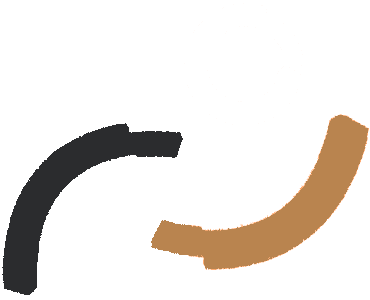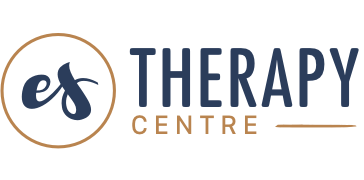What Are They?
Person centred
Psychodynamic
CBT
Integrative


Take The
Lead

Non-directive
Person-centred is a non-directive, strengths-based approach that empowers and motivates the client in the therapeutic process. The basic principle behind it refers to a person’s capacity and desire for growth and change. Given a relationship (between client and therapist), rich in the core conditions of empathy, congruence and unconditional positive regard, the client can begin their healing process.
In person-centred therapy, the therapist will follow the client’s lead whenever possible. Offering support and guidance in a non-judgemental environment. Through this process, the client can get clarity and develop an ability to change their attitudes and behaviour.

Address Underlying Problems
Psychodynamic is an approach to therapy that aims to explore, identify and address underlying problems that may be affecting current behaviours or difficulties. It is based on the principle that early childhood experiences and unconscious thoughts affect past and present behaviour.
The aim of therapy is to help the client to identify the root causes of their difficulties, and bring awareness and understanding of the influence of the past on present behaviour. Understanding these connections better, allows the client to make decisions based on what they need or want now, as opposed to what past experiences drive them to do.
The therapeutic relationship is central to psychodynamic therapy. What happens in the therapy room between the client and therapist, often mirrors how the client act in other relationships, such as with a partner or a friend. The relationship acts as the foundation for the therapeutic work, allowing the client to explore conflicts, maladaptive coping strategies, and relationship patterns. Through this process, psychodynamic therapy can help clients gain a better understanding of the way they think and feel.

Look Back


Targetted Approach

Goal-Focused
CBT is an approach to therapy that helps the client to recognise negative or unhelpful thoughts and behaviour patterns. It is based on the concept that thoughts, feelings, physical sensations and actions are interconnected. The aim is to change self-defeating or irrational beliefs and behaviours by altering negative ways of thinking.
CBT is recommended by the NICE guidelines (evidence-based recommendations for health and care in England) for most psychological issues.
CBT deals with current problems, rather than focusing on issues from the past. The therapist’s role is to help the client deal with problems in a more positive and effective way by breaking them down into smaller parts.


Flexible and Collaborative Therapy
Integrative therapy is an approach to treatment that combines ideas and techniques from different therapeutic schools. It is based on the principle that each client is unique, and there is no ‘one-size-fits-all’ approach to mental health. Therapy is customised to the individual, depending on their needs and goals. It is a flexible, holistic, and individualised way of working, which offers a more cohesive experience.
The aim of integrative therapy is to support the client to integrate the various parts of their personality and being into a more balanced whole. Ultimately helping the client to live a happier, healthier, and more fulfilling life.
The therapist-client relationship is a collaborative partnership. Both parties contribute to a positive and meaningful alliance in which the client’s voice and perspectives are valued, and their resources and capacity for change are recognised.

Best of Both

What We Can Work on Together

Ready to Talk?







